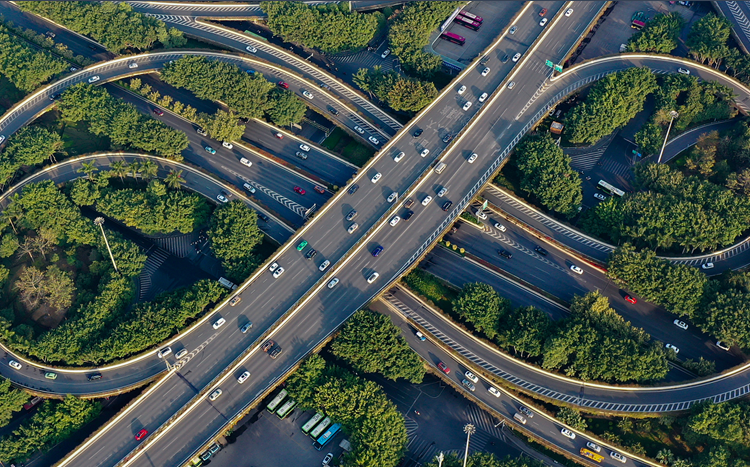Guangxi introduces 33 measures to boost foreign trade growth
Thirty-three measures covering eight aspects were recently put forward by Guangxi Zhuang autonomous region to stabilize local foreign trade development and to promote steady growth.
In terms of expanding the import scale of bulk commodities, major enterprises will receive customized services, with those managing import businesses receiving more credit and loan support. In addition, the import scale of copper concentrate will be expanded.
Major enterprises importing bulk commodities are expected to import over 20 billion yuan ($3 billion) more in bulk commodities this year, while an additional 20 billion yuan worth of crude oil imports will also be achieved.
Efforts will be made in optimizing customs clearance models and increasing checkpoints' handling capacity. Checkpoints in Guangxi will strive to ensure normalized operation, while more infrastructure and basic facilities will be available. A number of ports and berths in urgent need will accelerate their construction and renovation for operation.
Cities in the region are encouraged to attract headquarters enterprises of general trade to settle in them, while also making full use of national trade promotion platforms to expand markets. More enterprises, especially micro, small, and medium-sized enterprises, will be covered in export credit insurance.
Four key national processing trade sites in Guangxi are set to handle more than 90 billion yuan worth in import and export volume annually, while 10 intentional processing trade projects, such as Nanning National Processing Trade Industrial Park and Wuzhou Comprehensive Bonded Zone, will be promoted.
The grain, mineral products, and consumables for electronic products industries will maintain their industrial advantages, with each achieving an annual import and export volume of over 17 billion yuan. Development potential in other processing trade industries, such as jewelry, gold, wood, and clocks, will be further explored.
Border trade sites will resume handling import and export business, while more businesses carried out by marine transport will be operated. Customs clearance efficiency for retail trade enterprises handling exports will be accelerated and more flexible cross-border transport models will be applied.














